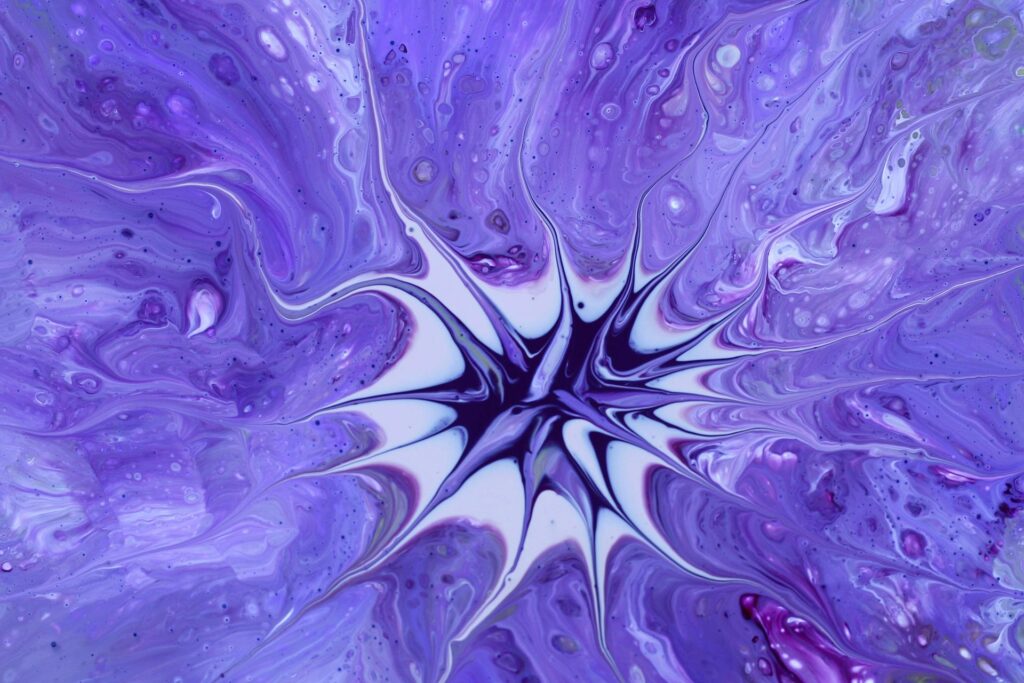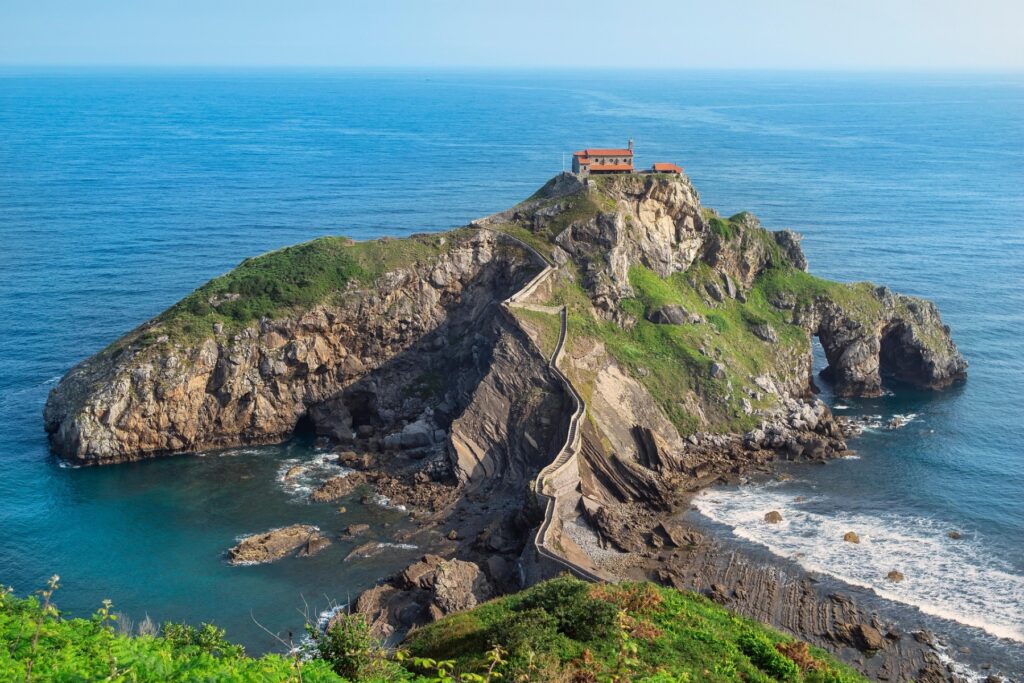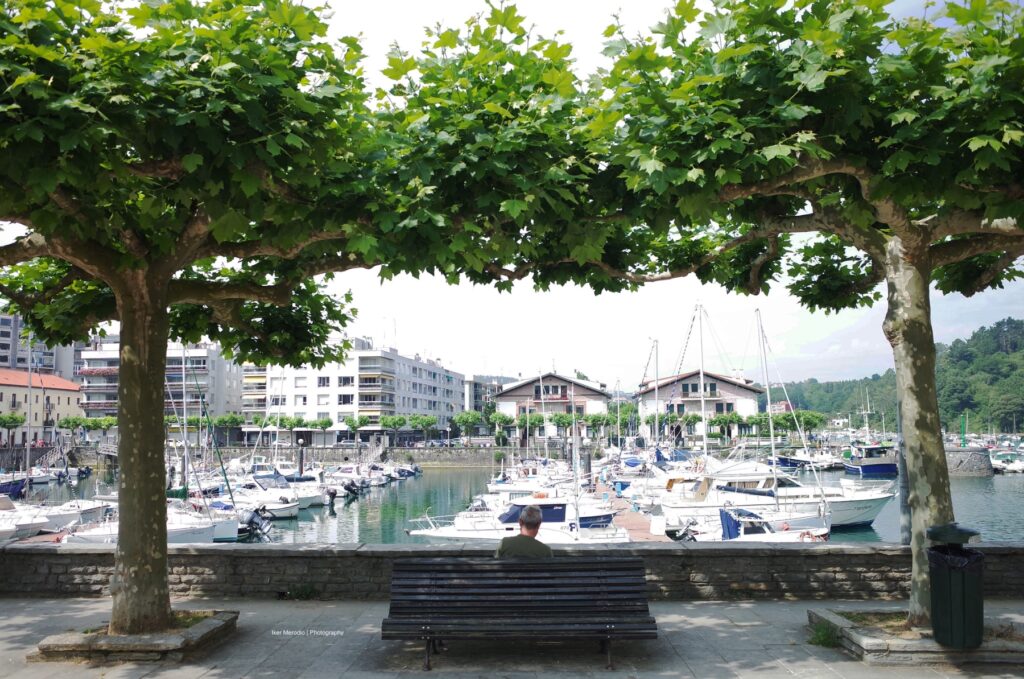In Provence, France, beyond soap, perfume, wine, essential oils and lavender honey, lavender contributes to other industries such as lavender-infused textiles. As you’ll read, lavender-infused textiles utilize lavender in the production of textiles, such as linens and clothing, where the scent is incorporated for a natural fragrance and moth-repellent properties.
France, particularly the Provence region, is synonymous with the enchanting scent and vibrant purple hues of lavender fields. Beyond its well-known uses in perfumes, soaps, and honey, lavender has found a unique niche in the textile industry, giving rise to the innovative lavender-infused textiles sector. This industry blends traditional craftsmanship with modern technology, infusing fabrics with the natural fragrance and properties of lavender to create products that are both functional and luxurious. The lavender-infused textiles industry in France is a growing market, reflecting the country’s ability to merge its rich heritage with contemporary consumer demands.
The Craftsmanship Behind Lavender-Infused Textiles
The origins of lavender-infused textiles lie in Provence, where lavender has been cultivated for centuries. The process begins with the harvest of lavender flowers, typically from June to August, in regions like the Luberon and Valensole Plateau. After distillation to extract essential oils, these oils are incorporated into fabrics using advanced microencapsulation techniques. This method embeds tiny capsules of lavender oil into the fibers of cotton, linen, or silk, releasing the scent gradually with movement or heat, such as during washing or wear.
Artisans and manufacturers collaborate to ensure the integrity of the process. Traditional weaving techniques, often passed down through generations, are combined with modern machinery to produce items like bed linens, clothing, and sachets. The result is lavender-infused textiles that offer a subtle, long-lasting fragrance, along with natural benefits such as moth repellence and stress relief. Companies like Comptoir de Famille, based in Provence, have perfected this art, creating collections that embody the region’s rustic charm Comptoir de Famille.
Economic Contributions and Market Expansion
The lavender-infused textiles industry plays a vital role in France’s economy, particularly in rural Provence. It supports local farmers who supply lavender, as well as small and medium-sized enterprises specializing in textile production. With an estimated annual turnover of millions of euros, the sector contributes to job creation in areas where traditional agriculture alone might not suffice. The industry also boosts tourism, as visitors are drawn to lavender fields and workshops where they can witness the creation of these scented fabrics.
The global demand for natural and sustainable products has fueled the market’s growth. According to industry reports, the global scented textile market, which includes lavender-infused textiles, is expected to grow at a compound annual growth rate of 5.2% from 2023 to 2030, reaching a valuation of USD 1.2 billion by 2030 Market Research Future. France’s reputation for quality craftsmanship positions it as a leader in this niche, with exports to Europe, North America, and Asia on the rise. Retailers like La Redoute have embraced lavender-infused textiles, offering everything from tablecloths to sleepwear, tapping into the growing wellness trend La Redoute.
Challenges and Sustainability Efforts
Despite its success, the lavender-infused textiles industry faces challenges. The reliance on lavender cultivation makes it vulnerable to climate change, with droughts or heavy rains affecting flower yields. To address this, producers are exploring drought-resistant lavender varieties and sustainable irrigation methods. Additionally, the use of chemical additives in some microencapsulation processes has raised environmental concerns, prompting a shift toward eco-friendly alternatives.
Sustainability is a key focus for the industry. Many companies are adopting organic certification for their lavender, ensuring no pesticides harm local ecosystems. The use of biodegradable fabrics and natural dyes further aligns lavender-infused textiles with green consumer values. Initiatives like those supported by the French Textile Innovation Agency are driving research into reducing water usage and waste in production, ensuring the industry’s long-term viability IFTH.
Innovation and Product Diversification
Innovation is at the heart of the lavender-infused textiles industry’s evolution. Beyond traditional linens, manufacturers are experimenting with new applications. Lavender-infused clothing, such as scarves and pajamas, offers a dual purpose of fashion and aromatherapy, appealing to wellness enthusiasts. Home goods like curtains and cushions are also gaining popularity, providing a continuous release of lavender’s calming scent.
Collaborations with designers have elevated the industry’s profile. Luxury brands are incorporating lavender-infused textiles into high-end collections, blending the rustic essence of Provence with sophisticated aesthetics. Additionally, smart textiles are emerging, with some products featuring adjustable scent release triggered by temperature or humidity changes. Companies like L’Occitane en Provence are exploring these innovations, expanding their textile lines alongside their traditional offerings L’Occitane
Agritourism plays a complementary role, with farms opening their doors to visitors. At places like the Lavender Museum in Coustellet, tourists can learn about the process of creating lavender-infused textiles and purchase handmade items Lavender Museum. This educational aspect not only preserves cultural heritage but also creates a direct link between producers and consumers.
Cultural Significance and Future Outlook
Lavender-infused textiles are more than a commercial product; they are a cultural emblem of Provence. Historically, lavender sachets were used to scent wardrobes and protect fabrics, a tradition that has evolved into the modern industry. Today, these textiles evoke the sensory experience of Provence’s landscapes, making them a popular gift and souvenir. This cultural connection enhances their market appeal, as consumers seek authentic, regionally inspired products.
Looking forward, the lavender-infused textiles industry is poised for growth. With increasing interest in natural wellness and sustainable living, demand is expected to rise. Investments in research, such as those funded by the European Union’s Horizon Europe program, aim to improve production techniques and expand the range of scented fabrics Horizon Europe. As climate resilience strategies take hold, the industry could see even broader international success.
Of Note
The lavender-infused textiles industry in France represents a harmonious blend of tradition, innovation, and sustainability. Rooted in the lavender fields of Provence, it offers a unique sensory experience while supporting local economies and tourism. As the market evolves, lavender-infused textiles are set to remain a fragrant symbol of French craftsmanship and natural beauty, captivating consumers worldwide.












God Save The Bees. This was really an interesting article on the lavender scents; never though much about it. Thanks.